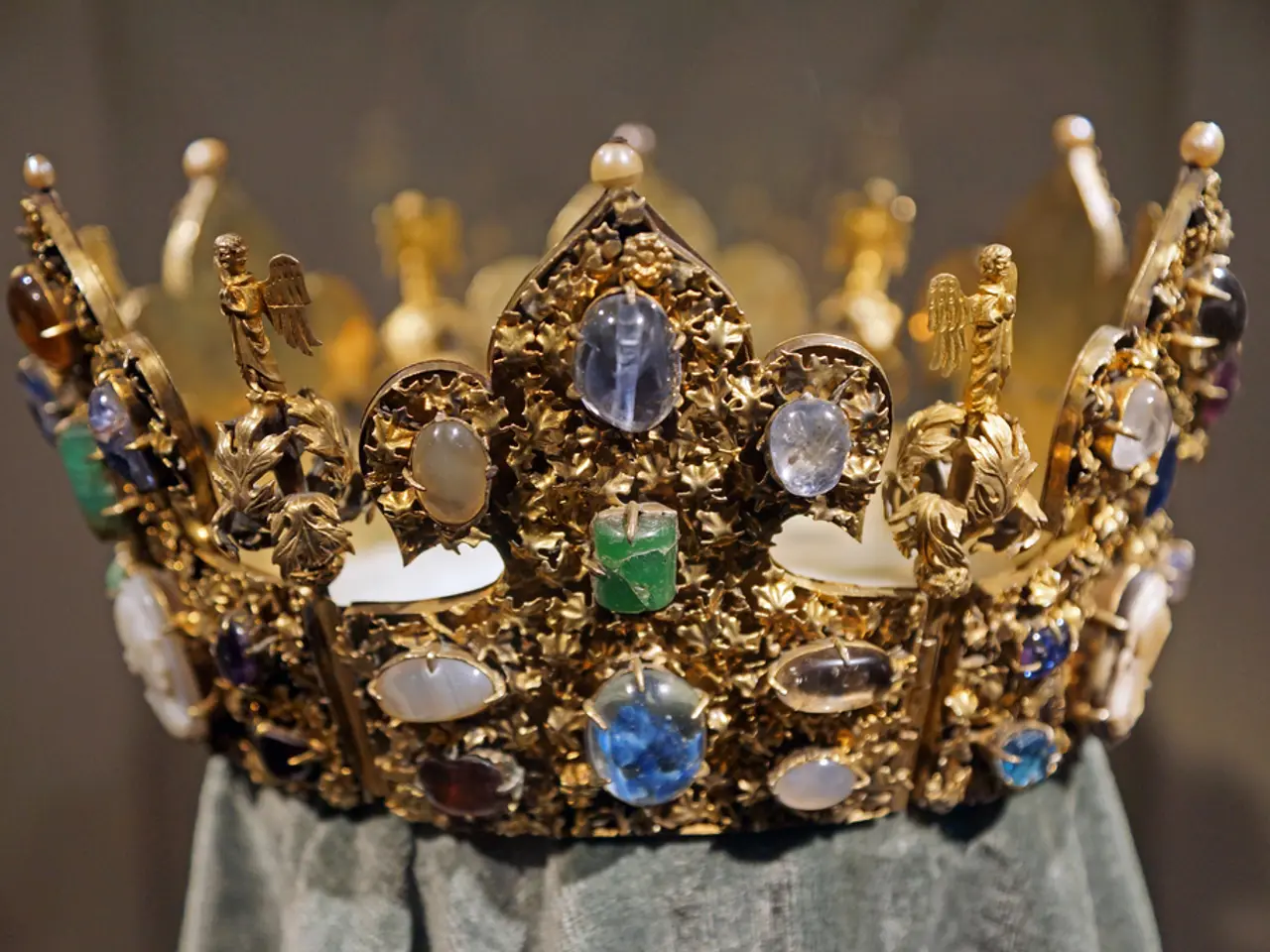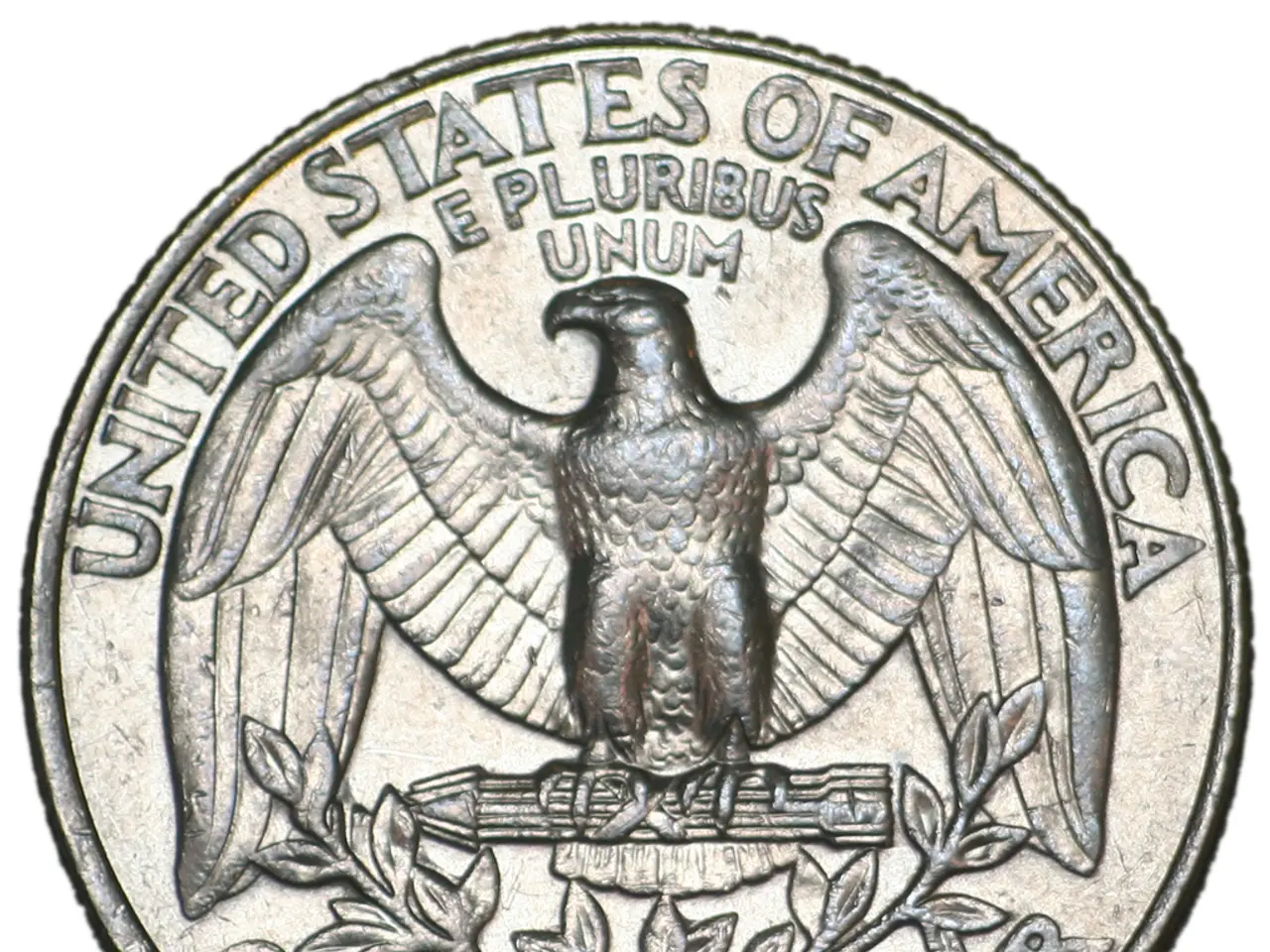Exploration of the Evolution of Artificial Diamonds Over Time
The world of diamonds has seen a significant shift in the past few decades, with the emergence of lab-grown diamonds. This revolutionary change began in the mid-1950s when General Electric (GE) successfully created the first synthetic diamonds as part of a project called "Project Superpressure" [1][4].
Initially, these diamonds were too small for gem use and were reserved for industrial purposes. However, by the early 1970s, GE made history again by producing the first gem-quality crystals using a tube to add heat and pressure to a graphite seed. These diamonds ranged from 0.26 to 0.30 carats, with colors from F to J [1].
Despite these early advancements, the initial gem-quality synthetic diamonds were often yellow and contained many inclusions, which would not receive high grades for color and clarity. Over subsequent decades, scientific research in the US, Russia, and China has led to improvements, enabling the growth of lab diamonds that surpass natural ones in size, color, and clarity [1].
Today, lab-grown diamonds are primarily produced using two methods: High Pressure High Temperature (HPHT) and Chemical Vapor Deposition (CVD) [2]. The CVD method, which grows diamonds atom-by-atom in a vacuum chamber, is now the more commonly used technique. It allows scientists more control over the properties of lab-grown diamonds and makes possible the production of large, gem-quality diamonds [2].
The cost of producing a lab-grown diamond has also decreased significantly over the years. In 2008, it cost around $4,000 per stone, but it has since come down to $200-$300 per stone and continues to fall [3]. This lower cost, alongside growing consumer interest in ethical diamond sourcing, has led to an increase in demand for lab-grown diamonds every year [5].
In fact, by 2021, lab-grown diamonds were projected to account for 7.5% of jewelry sector sales worldwide [6]. Even De Beers, the world's largest diamond mining company, has entered the lab-grown diamond market with a line called Lightbox [7].
Looking back, the first proven synthetic diamonds were made by General Electric (GE) in 1954. Since then, the industry has grown and evolved, with lab-grown diamonds now offering a sustainable and cost-effective alternative to mined diamonds for many consumers [1][4].
References:
[1] "The First Synthetic Diamond." General Electric. Accessed April 20, 2023. https://www.ge.com/research/first-synthetic-diamond
[2] "Synthetic Diamonds." Gemological Institute of America. Accessed April 20, 2023. https://www.gia.edu/synthetic-diamonds
[3] "The Cost of Lab-Grown Diamonds." LabGrownDiamondGuide.com. Accessed April 20, 2023. https://labgrowndiamondguide.com/cost-of-lab-grown-diamonds/
[4] "GE's Synthetic Diamond History." DiamondFacts.org. Accessed April 20, 2023. https://www.diamondfacts.org/ge-synthetic-diamond-history/
[5] "Lab-Grown Diamonds: The Future of the Jewelry Industry." Forbes. Accessed April 20, 2023. https://www.forbes.com/sites/forbesbusinesscouncil/2021/06/03/lab-grown-diamonds-the-future-of-the-jewelry-industry/?sh=2d6c385138e4
[6] "Lab-Grown Diamonds Projected to Account for 7.5% of Jewelry Sector Sales by 2021." PR Newswire. Accessed April 20, 2023. https://www.prnewswire.com/news-releases/lab-grown-diamonds-projected-to-account-for-7-5-of-jewelry-sector-sales-by-2021-301295066.html
[7] "De Beers Launches Lightbox Lab-Grown Diamond Brand." Jewelry News Network. Accessed April 20, 2023. https://www.jenniferheebner.com/news/de-beers-launches-lightbox-lab-grown-diamond-brand/
- The technological advancements in the field of mineralogy, particularly in the creation of lab-grown diamonds, have significantly impacted jewelry, resulting in gem-quality crystals that surpass natural diamonds in certain attributes.
- In the science of gemology, lab-grown diamonds have passed natural ones in aspects such as size, color, and clarity due to ongoing research in the US, Russia, and China.
- The emergence and evolution of lab-grown diamond technology in the industry has led to a growing interest in ethical diamond sourcing within the fashion-and-beauty and lifestyle sectors.
- The cost of producing lab-grown diamonds, initially prohibitive, has decreased dramatically over the years, reaching $200-$300 per stone, making them a more affordable and attractive alternative for many consumers.




